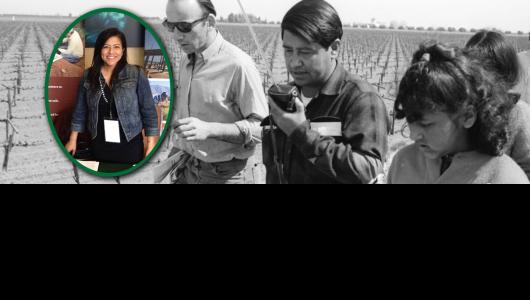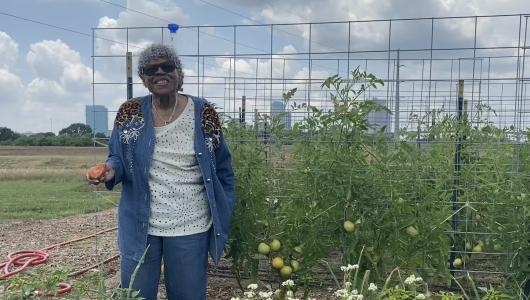For farmers across the country, it will come as no surprise that farmland has become less and less affordable on a farming income. Approaching land access with a strong financial strategy can help ensure that your business is on solid footing. If you’re a farmer or rancher interested in land access, the National Young Farmers Coalition has partnered with USDA to suggest resources and new tools to help.
In 2017, the National Young Farmers Coalition surveyed more than 3,500 young farmers and ranchers across the country and found that, regardless of geography or whether they had grown up on a farm, land access was their number one challenge. In particular, farmers reported struggling to find land to buy or rent that was affordable on a farming income, that had the appropriate resources for their operations, and that had housing opportunities. Twenty-eight percent of respondents who cited land access as a challenge felt insecure and worried that they would lose their access to land.
Secure land tenure is the basic foundation of a viable farm business. Most farmers need credit to buy land, and credit is hard to come by before your business is up and running. This chicken-and-egg conundrum is especially familiar to the 75 percent of young farmers who are also first-generation farmers, trying to construct their businesses from scratch.
If you’re a farmer or rancher, you might be struggling to even know where to start when it comes to financing a land purchase. Start by asking: What are my long-term goals, and how can different types of land tenure fit into those goals? You might find that land ownership is not the best type of land tenure for you, or at least not the best way to start your business.
Next, consider if your business goals could be easier enabled with financing: a loan, investment, grant, or cost-share program. Farmers have many financing options, and often the best financing strategy will involve multiple partners. Learning how private loans, government loans, conservation easements, and other options can complement each other will help you take better advantage of all of them. The new Farm Loan Discovery Tool on farmers.gov makes it easy to find USDA funding options to fit your specific business needs.
Finally, consider your best strategy for approaching land access. Well-thought-out lease and purchase agreements work for many farmers. Beginning farmers should also consider opportunities to transfer retiring farmers’ businesses through more complex, but possibly much more affordable, farm transition deals.
All of these lessons are included in the National Young Farmer’s Coalition’s Finding Farmland Course, which is free and designed to complete at your own pace. The course also introduces the Finding Farmland Calculator, a unique mortgage calculator built to teach you about your financing options and to help you determine what you can afford when preparing to buy farmland. The calculator lets you compare financing options; learn about tools and strategies that could make farmland more affordable; and prepare to meet with a lender, such as USDA’s Farm Service Agency. They will release a Spanish-language version later this fall.
The Finding Farmland Course and Calculator were created with the support of a USDA Beginning Farmer and Rancher Development Program grant. BFRDP provides grants to organizations for education, mentoring, and technical assistance initiatives to support beginning farmers and ranchers. Other examples of BFRDP-supported projects that can help with land access include:
- the Dairy Grazing Apprenticeship, a national program that provides aspiring dairy farmers with a guided pathway to business ownership;
- programs that offer regional one-on-one technical assistance for farmers seeking land, including Renewing the Countryside in the upper Midwest and Land For Good in New England; and
- educational resources that can be used anywhere, like the Farmland Access Financial Decision Making Tool, created by Minnesota-based Land Stewardship Project.
Most BFRDP projects are run by local organizations and land-grant universities, and involve some component of land access education. You can find more resources created by BFRDP projects at FarmAnswers.org.
Making sound financial decisions when accessing farmland will give your farm a better chance of success, but it’s not going to change the math behind rising property values. National Young Farmers Coalition will continue advocating to make secure, affordable land access within reach for all farmers through our policy work and partnerships. We encourage you to carefully consider the financial risk that can come with owning land, as well as options that can help reduce this risk, such as partnering with a land trust or leasing.
Michael Parker and Holly Rippon-Butler are part of the Land Access Team at National Young Farmers Coalition. Learn more about the National Young Farmers Coalition at youngfarmers.org.
Photo Credit: Richie Graham Photography, Row by Rowe Organic Farm, Georgia


